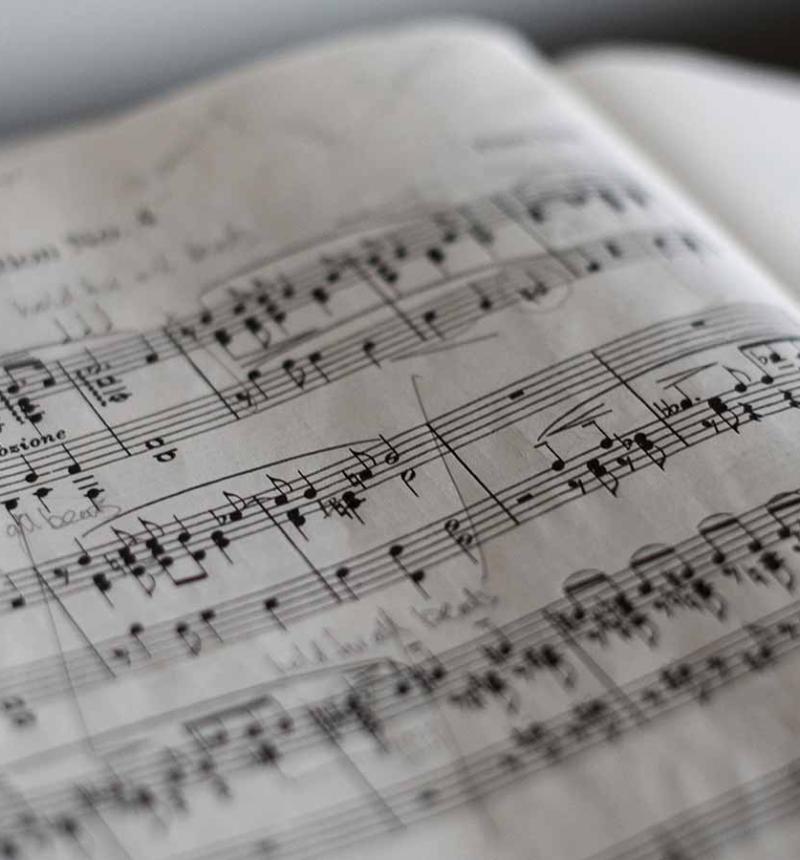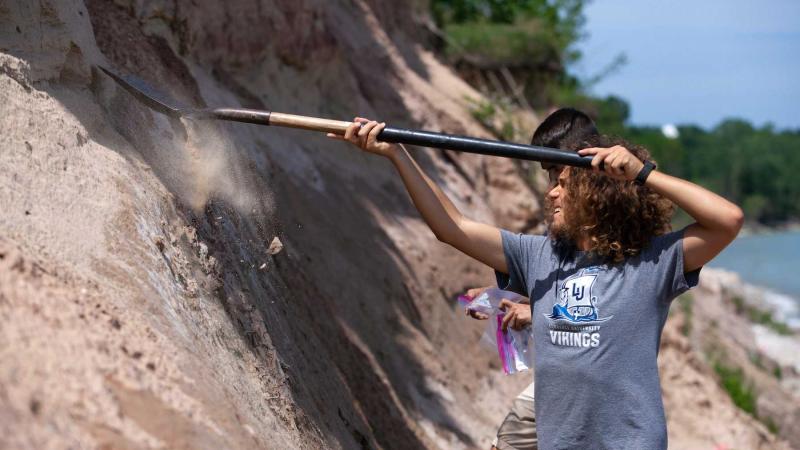Explore the complexities of musicological thinking in discussion-based classes that foster intellectual collaboration.

Musicology for All
The only program to reach all conservatory students, no matter your degree program. Many courses are also open to non-music majors. Core musicology courses reflect the diversity of music students at Lawrence. No matter your musical interests, musicology will prepare you to approach all music you encounter with open ears and intellectual curiosity.
A musical life awaits. Take the next steps by applying and auditioning.
The best way to find out if Lawrence is the university for you is by visiting.
Your virtual tour starts at the Arch but be sure to check out Conservatory, to explore learning and performance spaces.
On Any Given Day...
...discover an array of opportunities that await you at Lawrence University.





